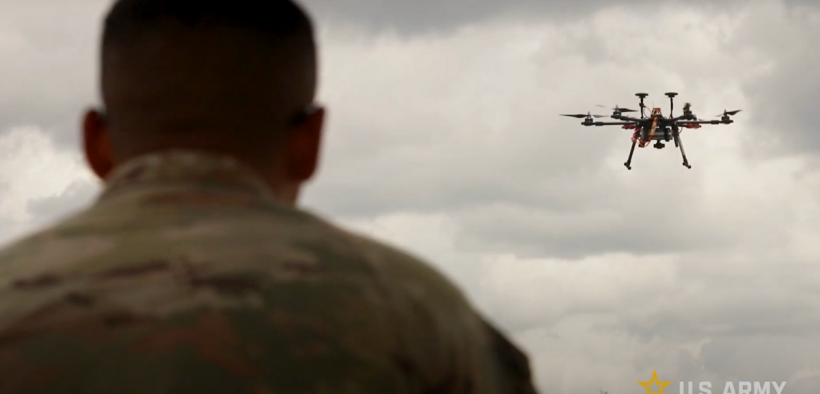Trump Needs A Massive Drone Fleet To Defend U.S. Interests And Deter Its Enemies
Share

Operation Midnight Hammer marked a dramatic demonstration of U.S. military prowess — a precisely executed, 37-hour air campaign designed to degrade Iran’s nuclear infrastructure. The strike, featuring more than a dozen B-2 stealth bombers, aerial refuelers, fighter escorts, and support from nuclear-powered submarines, validated America’s ability to project force globally and shatter robust Iranian military targets with precision.
For many, it symbolized a return to unambiguous military dominance, a moment that reinforced President Trump’s doctrine of resolve. Yet while tactically sound, the operation exposed the fragility of America’s current force structure by consuming a startling percentage of its high-end strategic assets.
Indeed, the United States expended more than half of the Air Force’s B-2 fleet and nearly half of its known GBU-57 (guided bomb unit) bunker buster inventory in a single mission. That raises serious concerns about sustainability, especially as adversaries like China and Russia maintain extensive fortified networks, including subterranean complexes like China’s “Underground Great Wall.” Unlike Iran, these adversaries are capable of operating at scale on multiple fronts and pose technologically sophisticated threats.
The success of Midnight Hammer must not lull policymakers into complacency. Awe is not strategy. If America hopes to retain superiority across multiple areas of the world, it must build for repetition. It must build for a redundant, expendable mass — which means America must invest in unmanned, expendable, and scalable weapons platforms capable of delivering persistent force across time, space, and threat.
President Trump’s decision to authorize Operation Midnight Hammer demonstrated the kind of bold leadership that only a commander-in-chief with strategic clarity and moral resolve could exercise. He acted swiftly, unflinchingly, and with a full grasp of the stakes involved — not only to neutralize a mounting nuclear threat, but to signal to both allies and adversaries that American will remains unbroken.













